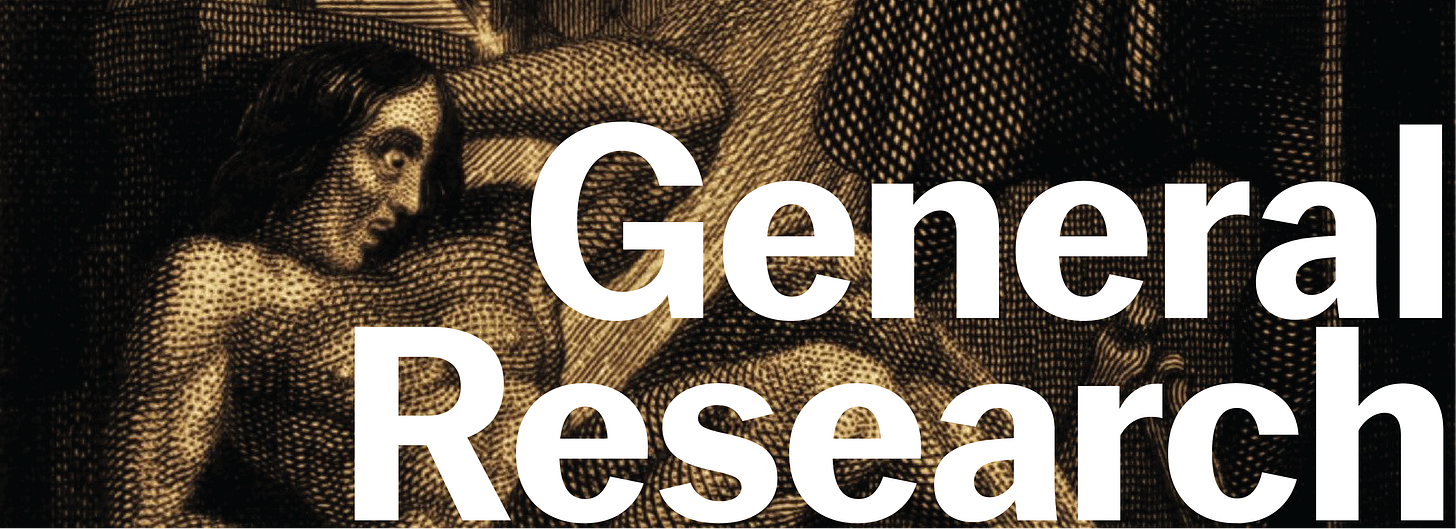This is a short rumination on the recent discourses around didactics and Félix González-Torres’s “Untitled” works in general as they relate to some thoughts I’m having around a class I start teaching the day this goes live. It is the start of writing in regard to the class and its ideas, and will be fleshed out further. If you’d like to read the original articles I refer to, you can find them here, here, and here.
When I first came to build this class out in my mind I referred to it as “Untitled.” I was thinking about Félix González-Torres and the boundless possibility he could put into “Untitled” while recognizing the searing specificity that comes within that boundless possibility. An infinity contained within the semiology of the individuated creation. He would often add clarifiers in parentheses to these “Untitled” the kind of double bind that co…
Keep reading with a 7-day free trial
Subscribe to General Research to keep reading this post and get 7 days of free access to the full post archives.



